Izabella Escurra identifies herself as Latina. Born in West New York, New Jersey, to a Dominican mother and a Peruvian father, she has always felt confident about her family heritage. Yet, she doesn’t have the same confidence when it comes to choosing her race on documents.
“If I’m not able to tell people who I am, if I’m not gonna know, who’s gonna know,” Escurra said.
For many like Escurra, federal forms like the census often leave them perplexed when asked to select a race because there is no option for Latino/Hispanic, causing many to leave this question blank.
The Spanish-speaking community may finally have a solution to this issue.
In January 2023, President Joe Biden’s administration presented a new proposal of making Latino/Hispanic ethnicity a race on federal government surveys. The proposal was prompted by the poor documentation of this group on the 2020 Census.
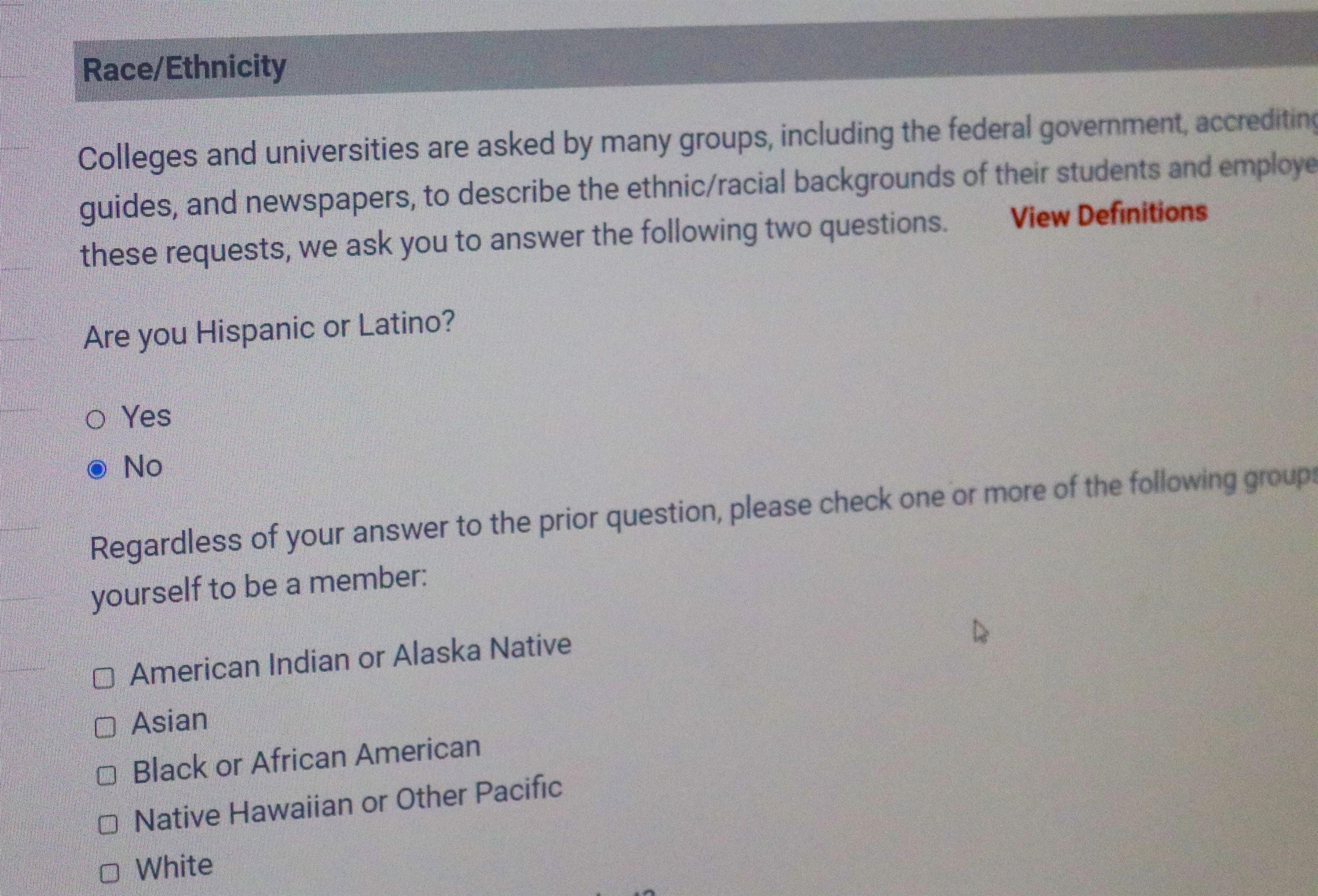
Photo of race and ethnicity questions on the Montclair State University Freshman Enrollment Application. Darian Mozo | The Montclarion
According to a Pew Research Center survey, the results showed that 42% of Hispanics and Latinos checked “Other” on the race question. Most didn’t know how to label themselves and felt this question didn’t reflect their identity accurately.
Why is the census so important? According to the United States Census Bureau website, the census results assist the government in deciding the best way to determine state funding distribution.
To distribute these economic funds correctly, the government must know the exact number of individuals within a community where Latinos and Hispanics are located. Otherwise, it becomes more challenging to count the population and offer them good help as there is less financial assistance from the government.
Upon hearing the news, students and staff at Montclair State shared their thoughts and opinions. Most of the interviewees said this change would be something positive for them.
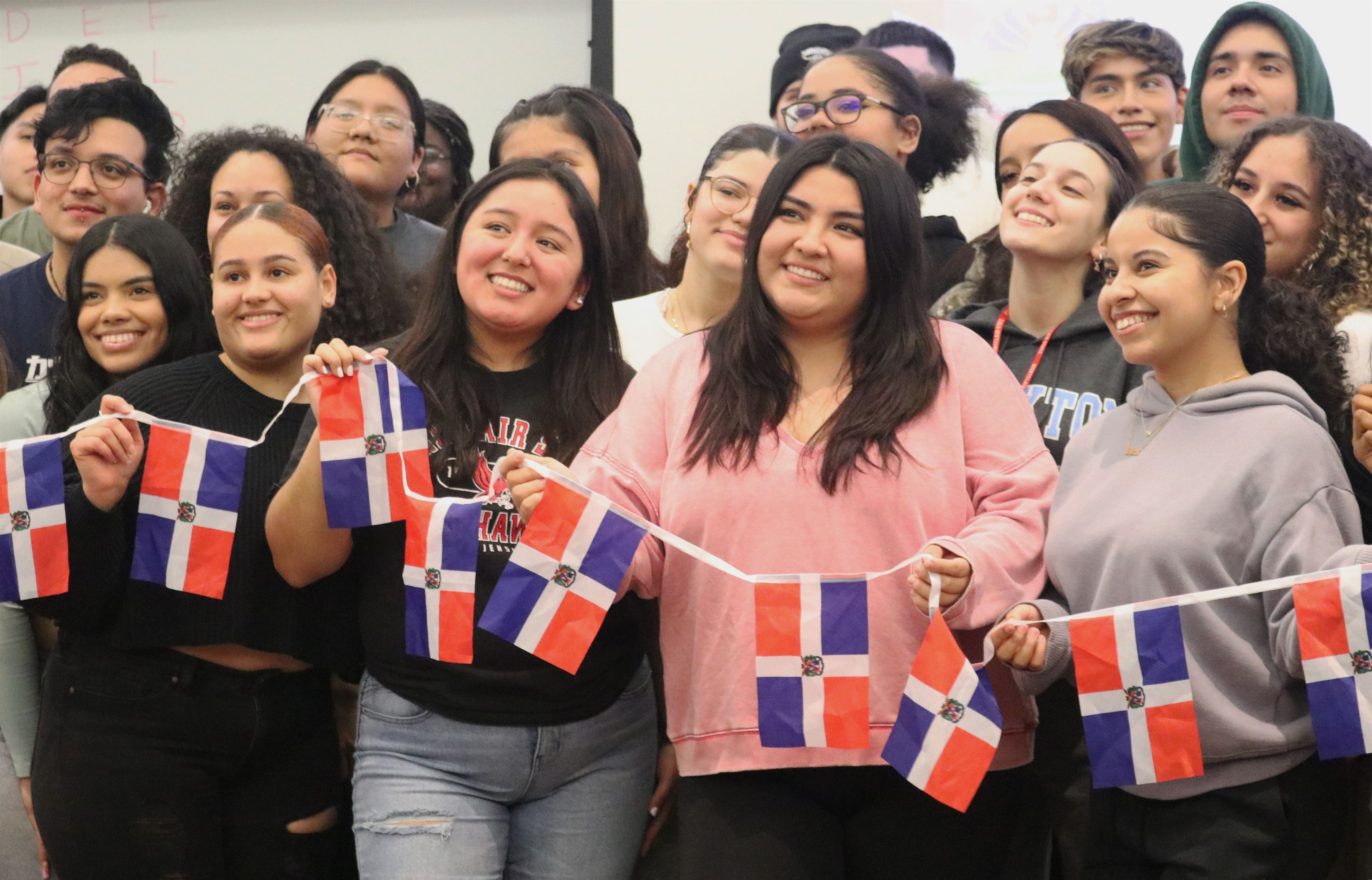
Members of the Latin America Student Organization (LASO) pose for a group photo during their general member meeting held in University Hall. Darian Mozo | The Montclarion
Escurra most recently experienced an uncomfortable situation with this question while applying for the Hispanic Scholarship Fund, although her counselor advised her to apply because she was a perfect candidate.
“The next question was ‘please identify your race’ and it has every race that’s usually on all applications, and it didn’t include ‘other,'” Escurra said. “So I decided to skip over the question, and unfortunately, when I submitted that part of the application, it didn’t let me go forward.”
John Romero, a sophomore social media and public relations student visiting from New Mexico University who identifies as Chicano, says he also feels confused when filling out this question on forms and surveys.

John Romero, a junior at Montclair State University, identifies as Chicano. For Romero, it is essential for everyone to be able to identify themselves as they wish, without limitations. Darian Mozo | The Montclarion
“I think it would be a little bit easier for me if you were allowed to put your answer into that [checkbox],” Romero said.
In a recent survey, Latino students and staff at Montclair State were asked what they thought about the issue. The goal was to analyze and better understand the different ways in which Spanish speakers identify themselves.
It consisted of two questions: one about how they identify themselves, with options such as Latino/a/e, Hispanic, Chicano/a, Mestizo/a. The second question was whether they agreed or disagreed with Latino/Hispanic being both a race and ethnicity and why.
When asked about how they identify themselves, 65 people out of 135 said they identify with more than one identification, most commonly Latino/a/e and Hispanic.
Meanwhile, 36 people identified as only Latino/a/e, 34 as just Hispanics, two as Chicanos and one person identified as Mestizo. The last two people who identified as ‘other’ said they identify with their nationality: one person identified as Dominican and another person identified as Salvadorian.
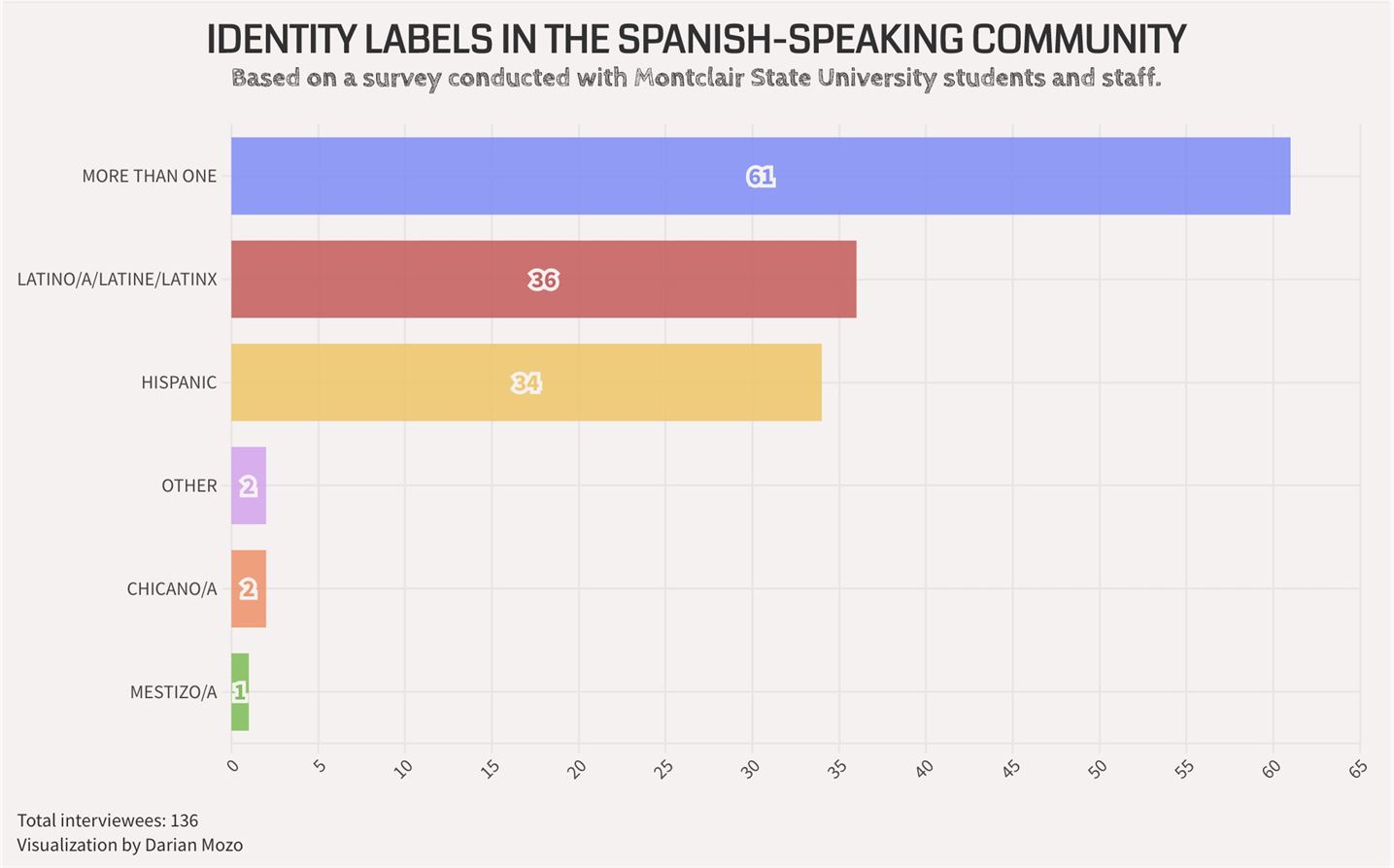
When asked about how they identify themselves, 65 people out of 135 said they identify with more than one identification, most commonly Latino/a/e and Hispanic.
Meanwhile, 36 people identified as only Latino/a/e, 34 as just Hispanics, two as Chicanos and one person identified as Mestizo.
Darian Mozo | The Montclarion
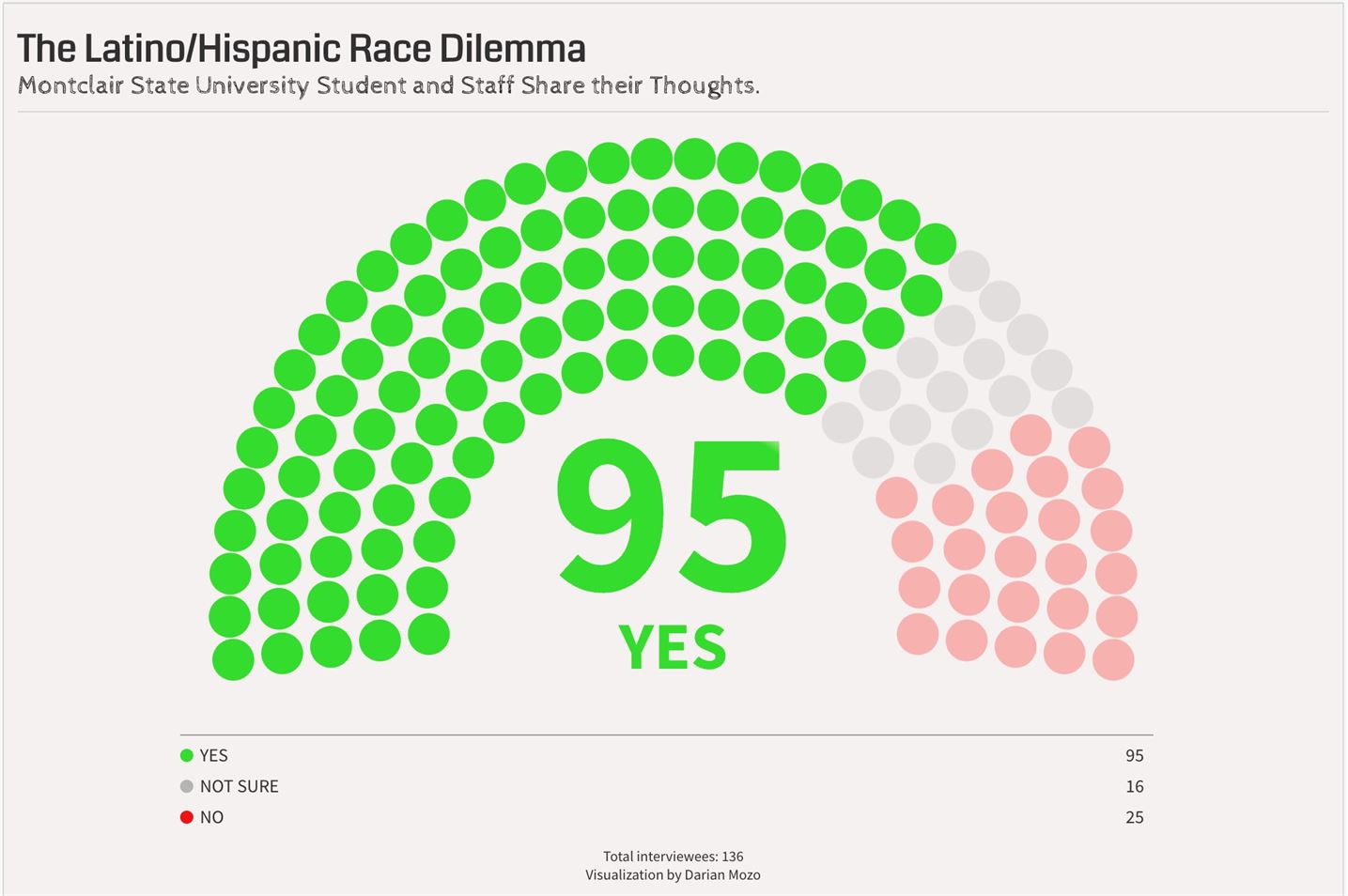
Out of the 136 students polled, 95 selected felt that Latino/Latinx/Hispanic should be considered a race; just 25 said they didn’t feel this change would be necessary and 16 were unsure how they felt about it.
Darian Mozo | The Montclarion
Out of the 136 students polled, 95 selected felt that Latino/Latinx/Hispanic should be considered a race; just 25 said they didn’t feel this change would be necessary and 16 were unsure how they felt about it.
Ana Abreu Pina, a Montclair State student who responded to the survey believes Latino/Hispanic should be considered a race.
“Yes, Latin America is a thing, a place, culture; it should be considered a race,” Abreu Pina wrote. “I hate getting stuck on the survey questions asking what’s your race and I don’t know what to choose.”
Other students who responded, like Grace Gonzales Quispe, disagreed, writing Latino/a/Hispanic is not a race and the definition doesn’t need to change.
“There are white, Black, brown people everywhere,” Gonzales Quispe wrote. “Making Latine a race omits all the privileges and struggles certain races face more than others.”
Such doubts among Spanish-speaking students made their way to the university’s directors. Jordanna Maziarz, director of undergraduate admissions at Montclair State, has observed that many Latino students are confused when it comes to providing information about their race on forms and applications due to the insufficiency of the details provided.
“Changing the form of the question would make it easier for students to answer it,” Maziarz said. “It will be positive because it will help more students answer the question.”

Director of Undergrad Admission at Montclair State University, Jordanna Maziarz believes Joe Biden's proposal would ease the application process for many Latino students. Darian Mozo | The Montclarion
Maziarz feels the addition of Latino/a/Hispanic as a race would benefit both the students and the university from a financial and statistical standpoint.
“I think it will help students answer it more frequently than they are right now, which would be positive since we’ll have more data,” Maziarz said. “These are optional questions, but they are helpful for [Montclair State] to get funding, grants and for reporting to the government.”
These conflicts plaguing many might be coming to a halt shortly. The Biden administration has been examining its definition of race and ethnicity for quite some time. If this proposal is approved, this update would allow Spanish speakers to choose Hispanic or Latino as their race.
Stephen Ruszczyk, a sociology professor at Montclair State who researches a class titled “Immigration, Citizenship, Latinos and Latinas in the United States,” supports this proposal and believes the advantages would benefit the Spanish-speaking community enormously.
“I like this proposal because it allows us to see multiple racial-ethnic identities that people hold in their lives,” Ruszczyk said.
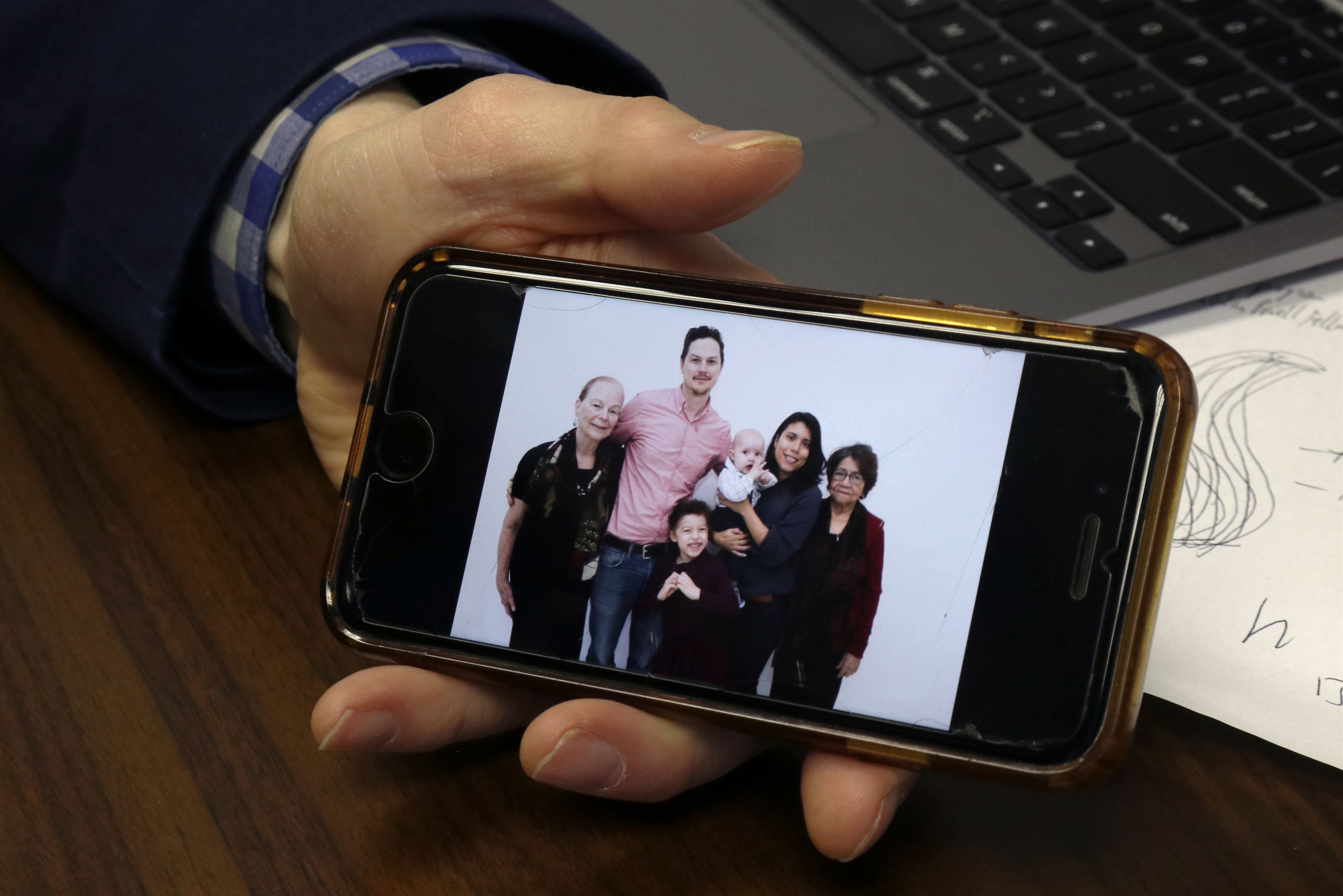
Associate professor of Latino sociology at Montclair State University, Stephen Ruszczyk, shows a picture of his family from his cell phone. Throughout the image, Ruszczyk introduced his children, who are half-Latino and half-white. President Joe Biden's proposal will help their children feel more comfortable in choosing the race they identify with in the future. Darian Mozo | The Montclarion
The internal way people, especially Latinos, try to fit in racially and ethnically in the United States is complicated as they often have multicultural antecedents in their family history.
For Ruszczyk, this proposal would help each person have the opportunity to be as descriptive as possible about their identity.
“There will always be a sense of problematic [trying] to capture your racial-ethnic identity,” Ruszczyk said. “Having more possibilities is better than having fewer possibilities, and the Census proposal would accomplish that.”
This modification would be an initial step to helping those affected feel they can better identify themselves. For some, like Escurra, this change would be significant progress and a path moving forward in the right direction.
“I think for me, giving people the option to choose either Hispanic or to do both, choosing a race or ethnicity would be beneficial,” Escurra said.
For Romero, these changes would be a real improvement and he hopes to see them become a reality.
“If I had the power to approve [this proposal] for the greater mass of Latinos in the United States, then I would most definitely do it,” Romero said. “Everyone needs to be able to express themselves equally and fairly however they may identify, or however they may choose to identify.”
This proposal is currently in its preliminary juncture of being evaluated. The Office of Management and Budget, which sets these standards for the government, is expected to determine an outcome by summer 2024.
If implemented, it will be the first update to race and ethnicity standards in a quarter of a century.


